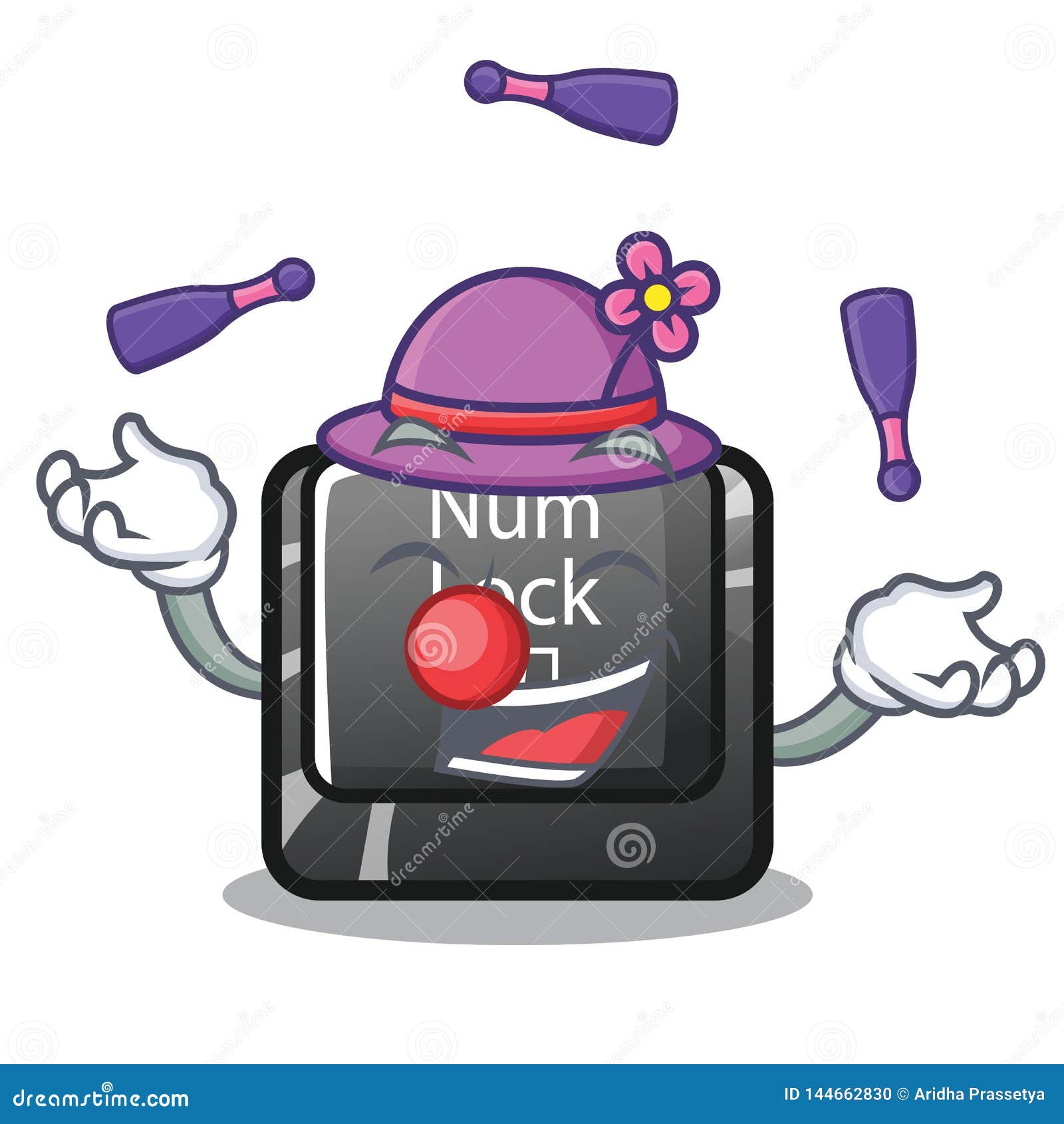

Smith is a framework to help build fonts and keyboards. Useful for finding characters in Unicode.
KEYBOARD JUGGLER PDF
PDF documents with tables of Latin and Cyrillic characters from Unicode 8.0 sorted in Unicode Collation Algorithm default order. Unicode 8.0 Latin and Cyrillic characters – sorted Lorna Evans, These tools are essential to NRSI's font development processes.

The FontUtils package provides a plethora of command line tools for manipulating TrueType fonts. Various files from the Unicode Character Database compiled into a spreadsheet (Excel and LibreOffice Calc) workbook.įontUtils Martin Hosken, Bob Hallissy, Alan Ward, David Raymond, Unicode Character Properties Excel and LibreOffice Calc spreadsheet Peter Constable, Bob Hallissy, and Bobby de Vos, Reference information on Unicode private-use character assignments used within SIL International. SIL Corporate PUA Assignments Lorna Evans, For the most recent information follow the links from our new Writing Systems Technology pages.
KEYBOARD JUGGLER HOW TO
I got a 4-cube at the same time, and still can’t work out how to solve that.The following list is no longer kept up-to-date. (5) rotate the bottom layer corners in place (more A B A’ B’ sets, two or three times, four if you read the initial configuration wrongly). (4) arrange the bottom layer corners into the correct places (ABA’B’ move set, once or twice, depending on how well you can read ahead) (3) solve the edges of the final layer (one move set, once or twice, rarely thrice sets can be run together into ABA’B’ sets, saving several moves) (2) solve the edges on the next layer (one set of moves, repeated 2 to 6 times) (1) solve 1 face, including the edge pieces being in order (2 sets of moves, including an ABA’B’ pattern) I was never terribly fast, because I can only rarely see 2 moves in advance.ĭespite the quadrillions of solutions, there are only a small number of steps to a general solution: It took a couple of hours for the “muscle memory” to come back, and another couple of hours to get back up to a typical 2-minutes for a solution. I got a 3-cube again a couple of years ago after 25 years without one. For the solution sequence that I know, that specific trick occurs twice (arranging the edge pieces of the final face, and re-arranging corner pieces). I can’t claim to have worked out a solution to the cube by myself back in the – late 70s/ early 80s, wasn’t it?īut I did cotton onto the A B A’ B’ concept that you mention, though I couldn’t have expressed it so succinctly. Be sure to watch it to the end to see the Grand Finale. To put this into perspective, if one had as many standard sized Rubik’s Cubes as there are permutations, one could cover the Earth’s surface 275 times.Īs lagniappe, here’s another remarkable juggler: Daniel Menendez, who plays the piano while juggling (there are more recent clips of him on YouTube, too). The puzzle is often advertised as having only “billions” of positions, as the larger numbers are unfamiliar to many. Which is approximately forty-three quintillion. (When arrangements of centres are also permitted, as described below, the rule is that the combined arrangement of corners, edges, and centres must be an even permutation.) Eleven edges can be flipped independently, with the flip of the twelfth depending on the preceding ones, giving 2 11 (2,048) possibilities. There are 12!/2 (239,500,800) ways to arrange the edges, since an even permutation of the corners implies an even permutation of the edges as well. Seven can be oriented independently, and the orientation of the eighth depends on the preceding seven, giving 3 7 (2,187) possibilities. There are 8! (40,320) ways to arrange the corner cubes. The original (3×3×3) Rubik’s Cube has eight corners and twelve edges.


 0 kommentar(er)
0 kommentar(er)
